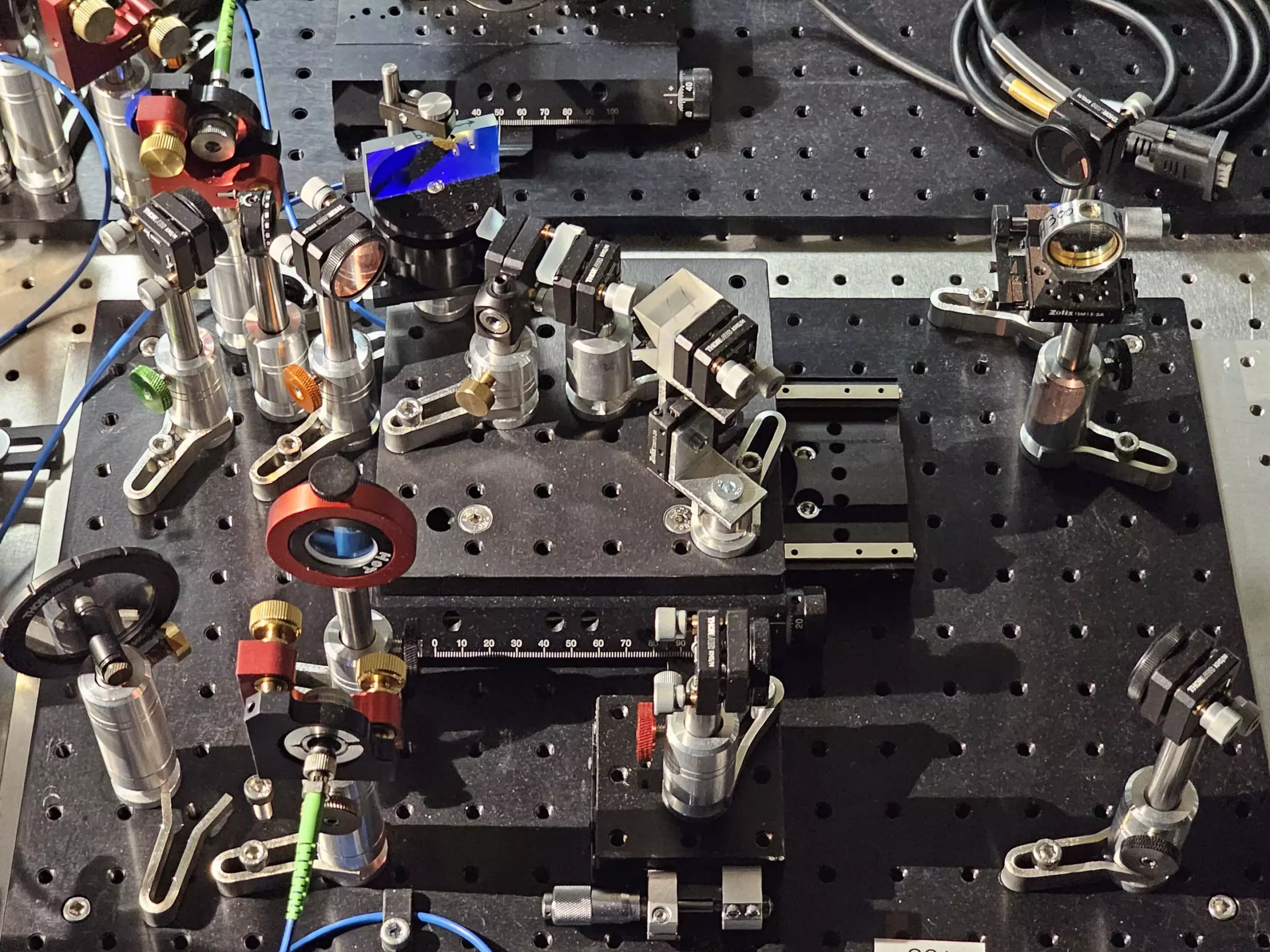Spectroscopy has long been a cornerstone in the fields of chemistry, astronomy, and communications, enabling scientists to decode the various characteristics of light emitted by substances and celestial bodies. The principle underpinning this ancient technique rests on the notion that each chemical compound or astronomical entity emits a unique spectrum of light—essentially a signature that reveals its nature, age, size, and other intrinsic properties. However, challenges arise when attempting to differentiate between closely spaced light channels; a phenomenon that has historically stymied progress within the field. The Rayleigh criterion, formulated by John William Strutt, Lord Rayleigh, posits that as channels become indistinguishable due to their proximity, discerning their unique signatures can become virtually impossible.
Researchers at the University of Warsaw have taken significant strides to counteract this limitation by introducing a novel quantum-inspired super-resolving spectrometer. Developed in the Quantum Optical Devices Lab, this new device ushers in an unprecedented two-fold increase in resolution compared to conventional methods. The invention implies not just an incremental improvement in measurement accuracy, but a transformation in the potential applications of spectroscopy—from quantum networks to the study of complex materials.
The significance of this leap cannot be overstated. In an era where fiber-optic networks facilitate rapid global communication, the ability to transmit multiple channels simultaneously using light is paramount. The standout capability of the newly-designed spectrometer lies in its aptitude to distinguish closely overlapping optical signals, improving the fidelity of information transmission vital for both secure quantum networks and advanced optical studies.
At the heart of this innovative spectrometer is the technique named “Super-resolution of Ultrafast pulses via Spectral Inversion” (SUSI). What sets SUSI apart from traditional spectroscopy methods is its ability to utilize the intricate phase information contained within light’s electromagnetic field. Conventional methods tend to overlook this essential aspect, leading to a loss of valuable information critical for accurate resolution.
In quantum imaging, a similar concept is at play: splitting light from an object into two paths of an interferometer. One arm performs an inversion of the image, then the two paths are recombined for analysis. The brilliance of this method is that it allows for measurement precision to extend beyond the limits of direct imaging. SUSI adapts this framework by translating it into the temporal and frequency domains, focusing on quickly transmitted light pulses rather than static emitters.
The transition of these theoretical concepts into a functional design represented a formidable challenge. A fundamental redesign was necessary, departing from the standard single interference arm method. Instead, implementing two complementary processes—Fourier Transform and inverse Fourier Transform—facilitated the necessary spectral inversion in a balanced and streamlined manner. This innovative design not only increased efficiency but also positioned SUSI as an adaptable technology primed for integration into photonic chips.
Ph.D. student Michał Lipka, under the mentorship of Dr. Michał Parniak, executed this sophisticated design, showcasing a keen understanding of optics and engineering. The choice to rely on similar devices for both Fourier transforms further reduced discrepancies in losses, establishing a more harmonious operation within the SUSI system.
The implications of this advancement extend far beyond mere academic interest. As we stride confidently into a future characterized by intricate quantum and optical networks, the capacity to achieve superior resolution in spectroscopy signifies a monumental shift. Researchers and technologists alike can anticipate this newfound capability facilitating breakthroughs in fields ranging from astrophysics to telecommunications, providing deeper insights into material properties and phenomena that were previously out of reach.
Ultimately, the collaboration of quantum theory with practical engineering has opened new frontiers that hold the promise of revolutionizing how we understand and utilize light. The potential applications of this super-resolving spectrometer will not only enhance our ability to explore the universe but may also bolster secure communications and pave the way for the next generation of optical technologies. The path laid out by these researchers indeed heralds a bright future for the utilization of light in both science and industry.


Leave a Reply